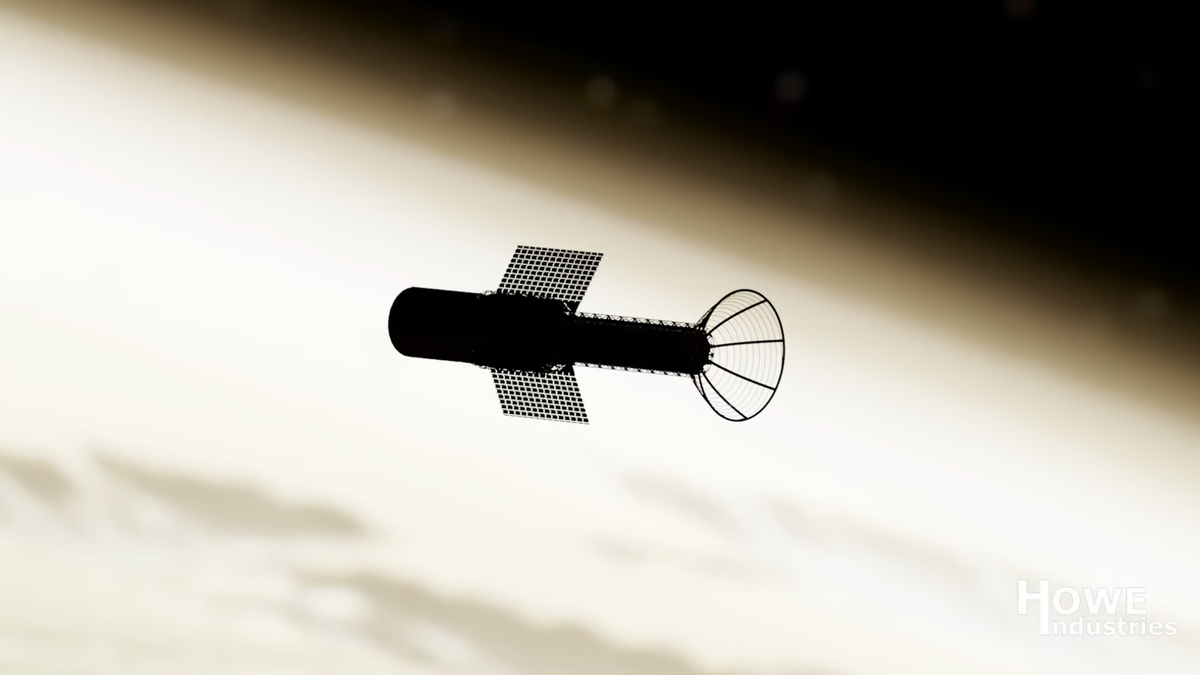The Future of Space Travel and the Race Towards Efficiency
In the quest to revolutionize space travel and reach celestial destinations more swiftly and effectively, NASA has embarked on a collaborative endeavor with a technology development company to develop a cutting-edge propulsion system. The primary goal behind this initiative is to reduce the transit time required to deliver humans to Mars from the current nine months to a mere two months, marking a significant leap in the realm of deep space exploration.
NASA’s Innovative Advanced Concepts Program
Under its Innovative Advanced Concepts (NIAC) program, NASA has recently earmarked six pioneering projects for further support and advancement, propelling them into the second phase of development. These selected projects encompass a range of futuristic concepts, including the creation of a lunar railway system, the development of fluid-based telescopes, and the innovation of a pulsed plasma rocket. These groundbreaking initiatives herald a new era in space propulsion technology, underlining NASA’s unwavering commitment to pushing the boundaries of human exploration beyond Earth’s confines.
The Pulsed Plasma Rocket: A Revolutionary Propulsion System
One of the most promising projects in the pipeline involves the development of a pulsed plasma rocket by Howe Industries, based in Arizona. This revolutionary propulsion system harnesses the power of nuclear fission to generate controlled packets of plasma, thereby propelling the spacecraft at unprecedented speeds through the vast expanse of space. By utilizing fission reactions to produce plasma for thrust, this innovative rocket stands poised to deliver up to 22,481 pounds of force with a specific impulse of 5,000 seconds, epitomizing a paradigm shift in fuel efficiency and spacecraft propulsion.
The concept of the pulsed plasma rocket is not entirely novel, with NASA having embarked on a similar venture dubbed Pulsed Fission-Fusion (PuFF) back in 2018. However, the current iteration of the pulsed plasma rocket promises a more compact, streamlined, and cost-effective design, making it a frontrunner in the race towards efficient and expeditious space travel.
The Implications of Faster Space Travel
By significantly reducing the transit time to Mars from nine months to just two months, the pulsed plasma rocket holds immense promise for the future of crewed space missions. The expedited journey not only minimizes the astronauts’ exposure to space radiation and microgravity but also enables the transportation of heavier spacecraft equipped with enhanced shielding against cosmic rays, ensuring the safety and well-being of the crew throughout the mission.
As NASA embarks on Phase 2 of the NIAC program, focusing on the technical intricacies of implementing the pulsed plasma rocket, including spacecraft design, power systems, magnetic nozzle capabilities, and trajectory planning, the vision of swift and efficient interplanetary travel draws ever closer to realization. The innovative propulsion system heralds a new chapter in human space exploration, paving the way for expeditions to Mars that are not just feasible but also transformative in their efficiency and impact on future space endeavors.
Image/Photo credit: source url





